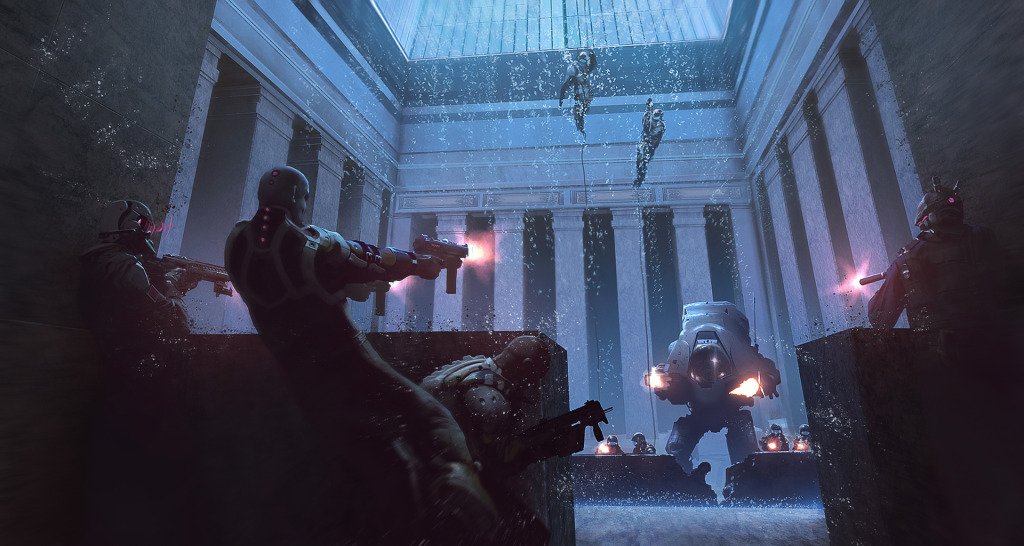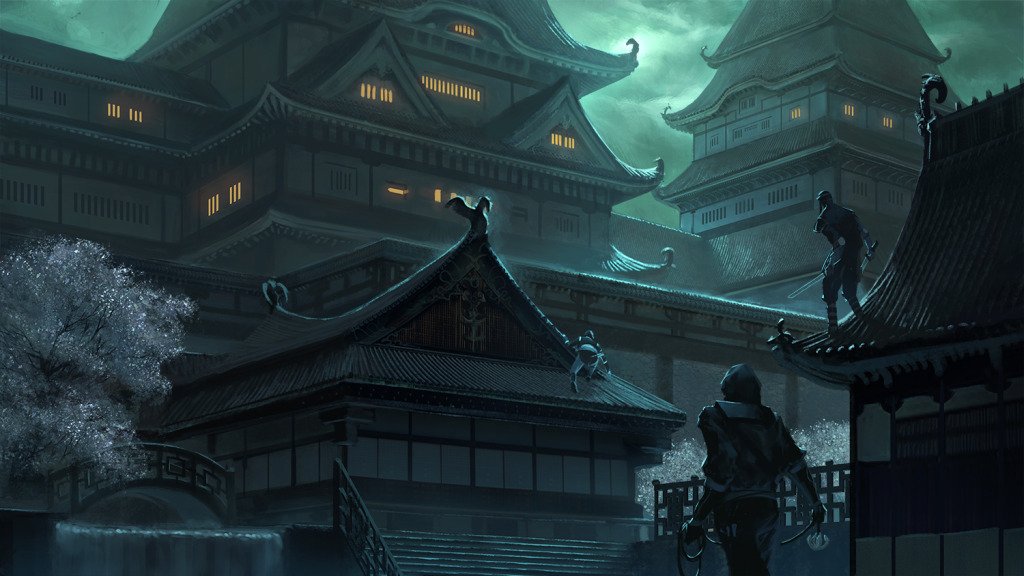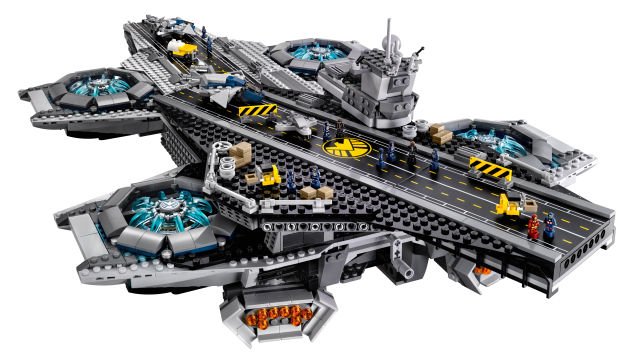THE ART OF CREATING VISCERAL, CYBER-PUNKISH VIDEO GAME ENVIRONS
Copy. Angus MacKenzie
Video game interiors and architectural elementes often fail to receive the recognition from gamers they rightfully deserve
Integral to the game’s mood, tone and storyline, the artistic and architectural elements can at times supersede the game playing itself. Series like Assassin’s Creed, Far Cry and even Call of Duty all rely heavily on the importance of architecture & interiors to provide an immersive experience while simultaneously meeting the programmer’s requirements.
Working out of Lyon, France, Klaus Pillon is one of those guys on the other side of the screen. An illustrator and concept artist Klaus has only been in the game since 2013 but has already made some pretty decent impression on the industry.
Currently working with Rogue Moon Studios in creating a massively complex BladeRunner like cityscape for a cyberpunk-indie game called ‘System Crash’ , Klaus took time away from his tablet to answer a few questions about the process, design briefs, and how programming and art live in harmony during a game’s build.
elemente:
What is the process in going from concept to finished product and how involved are you throughout?
Klaus:
For the process, at first the client provides me with a brief, along with some references. The references can either be from existing designs from the game or locations where scenes will take place.
The client can also provide relevant visual references to help communicate the look they’re after. Materials can range from photographs of buildings as architecture references to design items ie. interiors, vehicles, furniture, etc. that the client felt would fit into the game’s overall look. Movie stills can also provide excellent reference for communicating mood in a particular scene.

elemente:
Are all clients this prepared with proper reference materials to help guide you down the right path?
Klaus:
Actually, not all clients give such references. It’s always best to receive as much reference material as possible off the start because it really helps me understand the vision they are after. Sometimes there’s just a brief with one or two images (sometimes none). In those instances, working off the brief and descriptions provided, I have to then research out and track down what I think are appropriate materials.
Once I have all the information I need, I then start working on the sketches. At this stage I’m working to rough out the scene’s composition and lighting, as well as its primary design aspects. Those design elements are basically the shapes that will provide the foundation for the scenes. For me this step is all about showing the client the larger picture while keeping the details low.
I cannot stress how important it is to have good reference materials from the start. Even just the most basic sense of what the design should look like can really help with the entire process.
The game, Rise of the Kage required Klaus to reference historical materials to accurately convey the game’s story
elemente:
In SystemCrash, which looks like an elaborate cross between BladeRunner and Shanghai meets Los Angeles, you’ve clearly been given some solid direction on the city’s architectural narrative and interior design style.
Klaus:
Yes exactly. For the cyberpunk apartment piece for SystemCrash, I was given this brief:
“Noir-cyberpunk apartment. Dimly-lit, light streaming in through the window blinds from the city outside, neon ad boards and suchlike. this is a low-mid income apartment, something like Deckard’s apartment from Blade Runner. Should show something like the lounge with doorways showing there are more rooms in the apartment. Should be a computer console somewhere in the scene, but not a fancy one, and the console isn’t the focus of the piece, it’s just there in the apartment.”
And the references were almost only for the mood with only a few regarding design. After I received this brief I went online and looked for as many relevant photographs of apartments as I could find. The photos that I felt met the brief’s description really helped solidify my vision of how to create the game’s apartment.

elemente:
In regards to artistic interpretation vs the games technical requirements where does that happen in the process?
Klaus:
The above step is actually where I start thinking about function over design, while also considering design over function. If that makes sense. This back and forth thought process applies throughout, whether it’s designing an entire building, a vehicle, or giant robot.
elemente:
Is the process the same for each game or does it change depending on the project?
Klaus:
Yes, there are different ways of thinking and working through the process, all dependent on the project. For example, with System Crash – a game set in a cyberpunk universe – I chose to go with huge concrete structures and a ton of neon lights. I also populated the environment with small patches of smooth design elements to give the game a more futuristic look while still retaining that gritty feel. So in that instance I had much more artistic freedom because of the fictional setting.
However when working on the art for ‘Rise of the Kage’ I had to reference actual Japanese medieval architecture. From how castles were designed to their interiors to small details like how doors were made, all required historical reference materials.
So in that particular case, when an environment is set in a historical period, even if it’s a fantasy setting, you still have to remain true to the source material to give the game that feeling of realism.

elemente:
So the process and artistic license changes depending on the client, source material, historical period and fantasy influences. Interesting. Having grown up on PacMan, Centipede and Defender I can honestly say I don’t recall seeing any of these influences at play when chasing down blue ghosts or 8-bit centipedes. Next steps?
Klaus:
The next step has me send the sketches back to the client for review. At this stage, I receive feedback on my initial submissions and make any required changes as needed. After that, the references I gathered previously are available to me on another screen. I then refer to those materials to fine tune the project’s details, the entire time being aware of how the finished material works in partner with the game’s mandate and why it looks the way it does.
System Crash the game is reported to come online for play sometime early in 2015. Thanks to Klaus for the interview and associated studios for the images.
Source: Klaus Pillon
Images:
System Crash by Rogue Moon Studio
www.systemcrashgame.com
Rise of the Kage by GCT Studio
www.bushido-thegame.com
Acaratus by Nodbrim Studio
http://acaratus.com


